Béarnaise Sauce With A Norwegian Twist
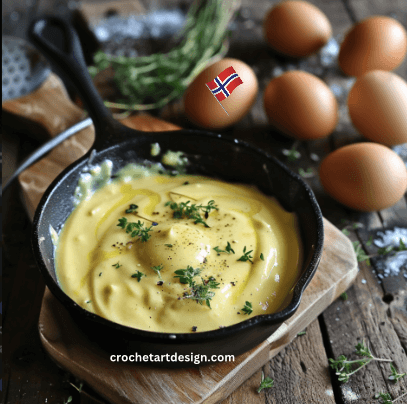
Béarnaise sauce is a classic French sauce that adds a rich and flavorful touch to many dishes. Its creamy texture and tangy flavor make it a favorite among food enthusiasts. While it may seem daunting to make at first, with a little patience and the right technique, you can easily master this sauce in your own kitchen.
Reduction Cooking ~ What does it mean?
Béarnaise sauce uses a technique called Reduction. In cooking, a reduction refers to the process of thickening and intensifying the flavor of a liquid by simmering or boiling it. This is typically done by gently heating the liquid in a saucepan, allowing some of the water to evaporate. As the liquid reduces, the flavors become more concentrated, resulting in a thicker, more flavorful sauce or glaze.
Reductions are commonly used in sauces, soups, and glazes to enhance their flavor and texture. The process can take anywhere from a few minutes to several hours, depending on the desired consistency and intensity of flavor. It’s important to keep an eye on the reduction and stir it occasionally to prevent burning or sticking to the pan.
Overall, reductions are a simple yet effective technique to elevate the flavor of your dishes and create rich, flavorful sauces.
Béarnaise sauce is a French sauce, however, it is very popular in Norway. To make a Norwegian twist, I have added a chapter on the only Norwegian chicken breed (for eggs) and a famous type of apple wine that you can use when making Béarnaise sauce. It might not be easy to get Norwegian chicken eggs, but the apple wine is achievable to make if you have the time and patience. :)

Béarnaise Sauce
Ingredients
- 1/4 cup White wine vinegar
- 1/4 cup Dry white wine
- 1 Shallot onion
- 1 tbsp Fresh tarragon
- 3 Egg yolks
- 1/2 Cup Unsalted butter
- 1 tsp Salt and Pepper
- 1 tbsp Lemon juice Optional
Instructions
- Prepare the Reduction: In a small saucepan, combine the white wine vinegar, white wine, shallot, and tarragon. Bring to a simmer over medium heat and cook until the mixture is reduced by half. This will take about 5-7 minutes. Remove from heat and let it cool slightly.
- Prepare the Double Boiler: Fill a saucepan with a few inches of water and bring it to a simmer over low heat. Place a heatproof bowl over the saucepan, ensuring that the bottom of the bowl does not touch the water. This will be your double boiler.
- Whisk the Egg Yolks: In the heatproof bowl, whisk the egg yolks until they are slightly thickened. This will take about 1-2 minutes.
- Add the Reduction: Slowly pour the cooled reduction into the egg yolks, whisking continuously to combine.
- Cook the Sauce: Place the bowl over the simmering water (double boiler) and continue to whisk the mixture. Slowly drizzle in the melted butter, whisking constantly, until the sauce thickens and becomes creamy. This will take about 5-7 minutes. Be careful not to overheat the sauce, as this can cause the eggs to curdle. If the sauce becomes too thick, you can add a little warm water to thin it out.
- Season and Serve: Once the sauce has reached the desired consistency, remove it from the heat. Season with salt, pepper, and a squeeze of lemon juice, if desired. Serve the béarnaise sauce immediately over grilled steak, roasted vegetables, or eggs Benedict.
Jærhøns ~ The Only Norwegian Chicken Breed
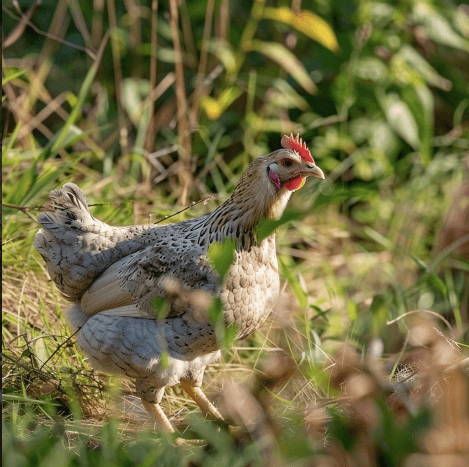
Jærhøns, also known as Jæren chickens, are a rare and unique breed native to the Jæren region of Norway. These chickens are highly prized for their distinctive appearance, hardiness, and excellent egg-laying abilities. Let’s delve into the fascinating world of Jærhøns and explore what makes them so special.
History and Origin Of Jærhøns:
Jærhøns have a long and storied history, dating back to the late 19th century. They are believed to have descended from local Norwegian landrace chickens, with influences from other European breeds such as Leghorns and Sussex. The breed was developed specifically for the harsh coastal climate of the Jæren region, known for its strong winds, salty air, and rugged terrain.
You can have a look at the characteristic of the Jærhøns on this website (domestic forest) here.
- Hardiness: One of the most notable characteristics of Jærhøns is their exceptional hardiness. They are well adapted to the harsh coastal climate of Jæren, withstanding strong winds, cold temperatures, and salty air with ease.
- Egg Production: Jærhøns are excellent layers, known for their ability to lay a large number of eggs throughout the year. Their eggs are typically medium to large in size, with a rich, flavorful yolk.
- Temperament: Jærhøns are known for their calm and friendly demeanor, making them a popular choice among backyard chicken enthusiasts. They are social birds that get along well with other chickens and animals.
Applewine
Norway is not typically known for its wine production, as the climate is not ideal for growing grapes.
However, there are a few wineries in Norway that produce white wine, mainly using cold-hardy grape varieties or other fruits such as apples and berries.
One of the most famous Norwegian white wines is “Eplevin” or apple wine, made from locally grown apples. Another popular option is “Hagevin,” which is made from a blend of apples and other fruits. These wines are often enjoyed for their unique flavors and as a representation of Norwegian terroir.
This is how you make Applewine (Eple vin)
- 12 kg of apples
- 5 kg of sugar
- 12 L of water
- 1 package of wine yeast
- 15 g tartaric Acid
- 500 g raisins
Get the full recipe here (matprat.no). It’s in Norwegian, however, you can use Google translate to your preferred language.
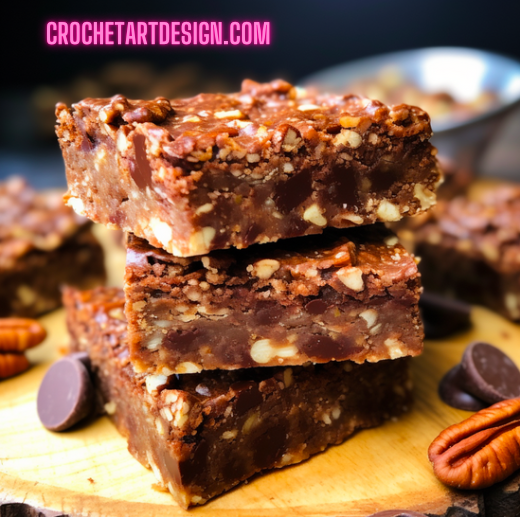
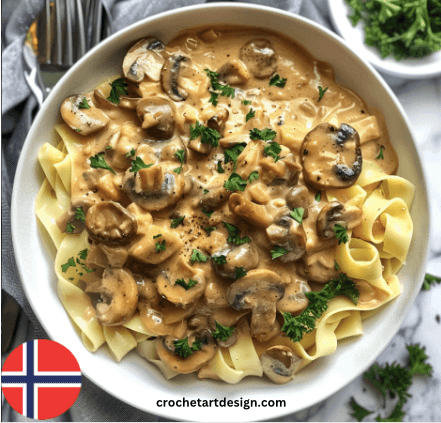
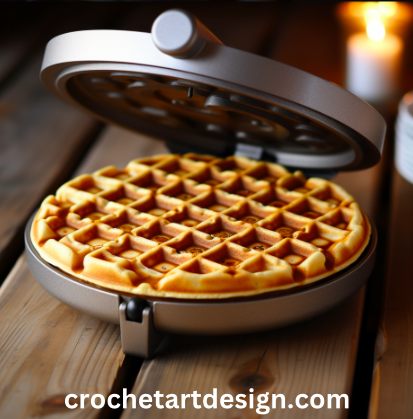
Leave a Comment